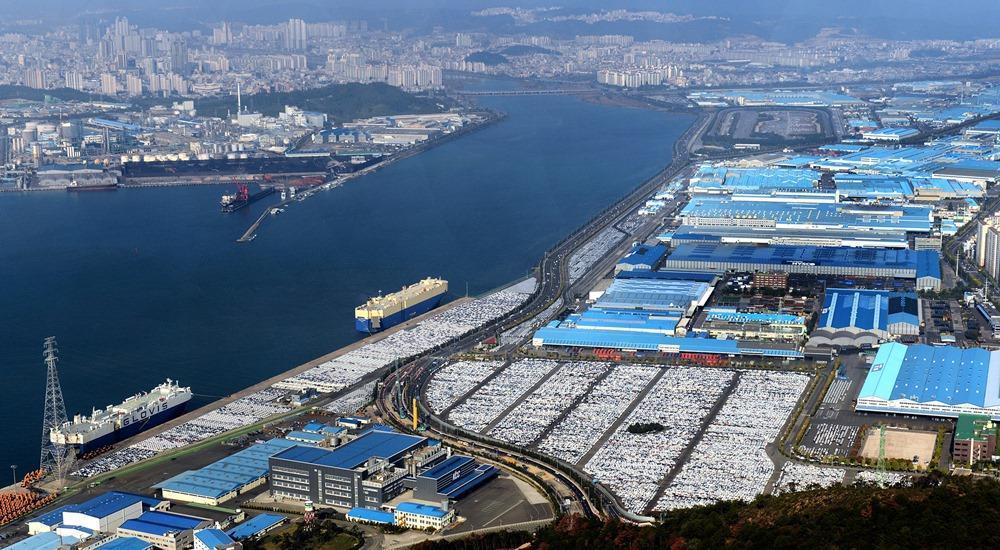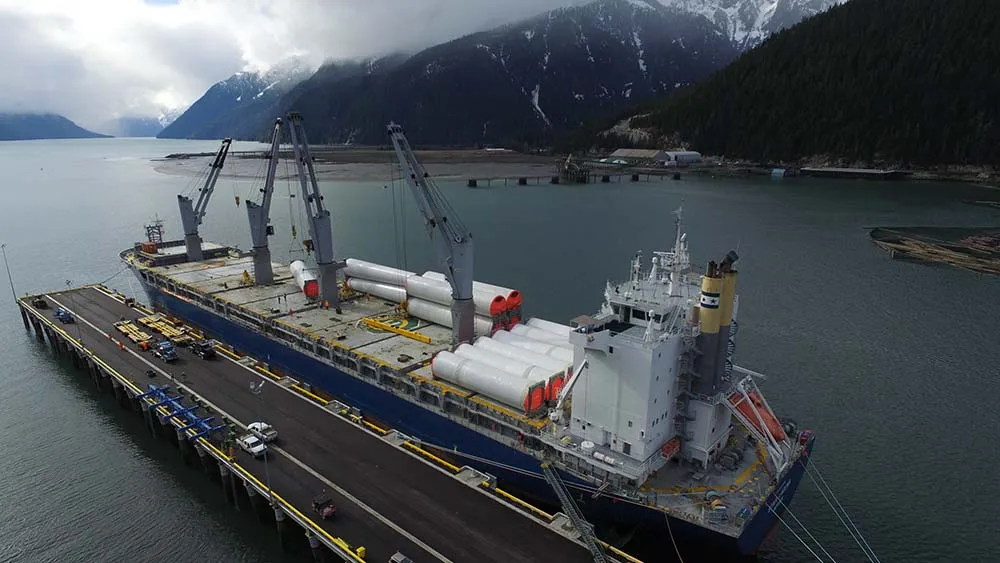North America
Ammonia bunkering at the Port of Savannah
A high-profile consortium will conduct a joint study exploring ammonia bunkering at the Port of Savannah in Georgia, USA. The consortium aims to establish a comprehensive supply chain to allow ship-to-ship ammonia bunkering in Savannah, and the study scope includes design of an Ammonia Bunkering Articulated Tug-Barge (AB-ATB) vessel.
Clean ammonia production in West Virginia
The Adams Fork Energy clean ammonia project will produce up to 2.16 million tonnes per year of ammonia, based on gas feedstock and CCS. The project will serve as the anchor for the Appalachian Regional Clean Hydrogen Hub, one of a number of applications being considered by the US Department of Energy for funding as part of a $7 billion jump-start program.
Lotte Chemical: high ambitions for the South Korean ammonia market
OCI Global will supply clean ammonia to Korea from this year as part of a new agreement with Lotte Fine Chemical. The pair will also develop a global ammonia bunkering network by leveraging their existing infrastructure. Meanwhile, CF Industries and Lotte Chemical will explore new opportunities for clean ammonia production on the US Gulf Coast, as well as long-term off take to South Korea.
Retrofitting vessels for ammonia fuel: new technical study from Grieg Star
Grieg Star and a series of high-profile maritime consortium partners have assessed the full feasibility for retrofitting a Grieg Star L-Class vessel to run on ammonia fuel. The study concludes that technical & regulatory challenges will not be showstoppers in the transition. A combination of high investment costs, uncertainty over ammonia fuel availability & pricing and slow market development remain the biggest barriers, presenting significant risks for first movers.
Amogy’s ammonia-powered tug to hit the water in late 2023
The upcoming tugboat experiment scheduled for later this year will be the company’s first MW scale deployment of their ammonia-to-power system. The tugboat’s initial voyage in a New York waterway will also be the first deployment Amogy’s ammonia-to-power system in the maritime industry.







